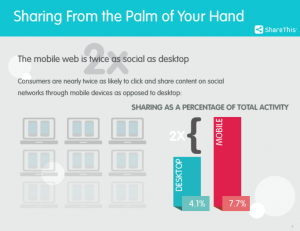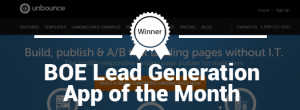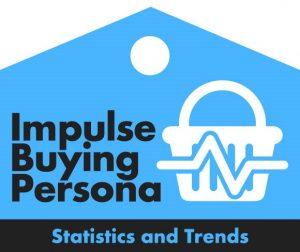
Let’s pretend for a moment that you’re compiling a reputation management program, and you’re planning to write up a blog once per week, filled with fantastic keywords that will make you or your company look great.
Hey, ORM newbie: You’re on the right track! But there’s one more thing you simply must do. Create an audience profile.
Understanding the ORM Benefits of Audience Profiles
The web is stuffed to the gills with blogs just like yours, and if you’re dealing with a reputation management attack, you’re probably trying to out-rank other blogs that have the very same keywords.
That means your SEO techniques need to be spot on. You’ll need the bots to know what your page is about and why it matters.
But it also means that you need to capture readers who will dive into your page and stay there, eagerly reading every single word you wrote.
An audience profile can help. This cheat-sheet can spark your writing excellence, as you’ll know just who you are trying to reach with your words. And if you do it right, you’ll have a better chance at ORM dominance.
Think of it this way: With an audience profile, you will create content that is simply designed to be compelling. And that means this is content that is much more likely to be read. So when Google bots plow through your site, you’ll have popularity scores on your side. Your bounce rate will go down, and your share rate will go up.
So when people search for those nasty reputation keywords, your site will come up first. That could make the original attack less effective.
It’s a win-win!
Audience Profiles in 3 Steps
Creating audience profiles is a relatively easy process, but it does involve a little research and planning. Here’s how to do it.
Step 1: Who do you need to influence?
A reputation attack can be pervasive, touching almost every single aspect of your life. But chances are, there is one specific type of reader that absolutely, positively must have a good impression of you and what you can do. That might be your:
- Current clients or employers
- Family members
- Neighbors
- Legislators
Dig deep into the attack and think about what specific type of person needs to hear your side of the story in order for you to achieve a real recovery. If your company revenues are dipping, your clients might need to grab your focus. But if you lost a job and need a new one, employers might be more important.
Once you have spotted the group you most need to influence, you have the start of an ORM audience profile.
Step 2: What do these people read and/or enjoy?
Once you have an idea about who you’re planning to talk to, start digging in with the research. Log on to your social site of choice (Facebook or Twitter are my go-to tools here), and pick one or two people as representative samples. Read the articles they like, link to, or share. Scour the pages or people they follow. Look for:
- Writing style. Do they like things hip or structured?
- Length. Are short pieces or longer pieces better?
- Content. Do they like things with celebrities? Sports? Hobbies?
- Variability. Do they look at the same things over and over, or do they branch out?
You’ll be working to mimic these pieces, so your key audience will like your blog entry. So the more notes you can take, the better.
Step 3: Grab demographics data.
As you research your key market, think about where these people fit into a demographic plan. Are you trying to reach young people or older people? Do they live in cities or on farms? Do they have kids or do they have grandkids?
These are questions that can help you to think up innovative blog topics that still contain your keywords. For example, if you know that your readers are parents, content that discusses children or has photos of children is likely to be better received than content without kids. Demographics can illuminate those paths for you.
Using Your Profiles for ORM
With this information in place, you can come up with an editorial plan that can reach your key influencers in no time at all. You’ll know what they like to read, and chances are, you’ll be able to mimic those pieces and reach the people you’d like to reach. And you’ll know how to write in a style that they find compelling, so you won’t irritate them with your blog entries.
Some writers pull their notes into a storytelling document. They might give their ideal reader a name, a backstory and a list of likes and dislikes. Others use charts and graphs for the same data. My advice is to keep the information to about one page, so you’ll be inspired instead of overwhelmed.
Before you blog, read your notes. And do the same before you hit the “publish” button. Anything that doesn’t seem quite right for your audience probably shouldn’t be published.
So that’s it! If any of you have other tips about audience profiles, I’d love to see them in the comments.
Image credit: Nenetus via FreeDigitalPhotos.net
Digital & Social Articles on Business 2 Community(98)









